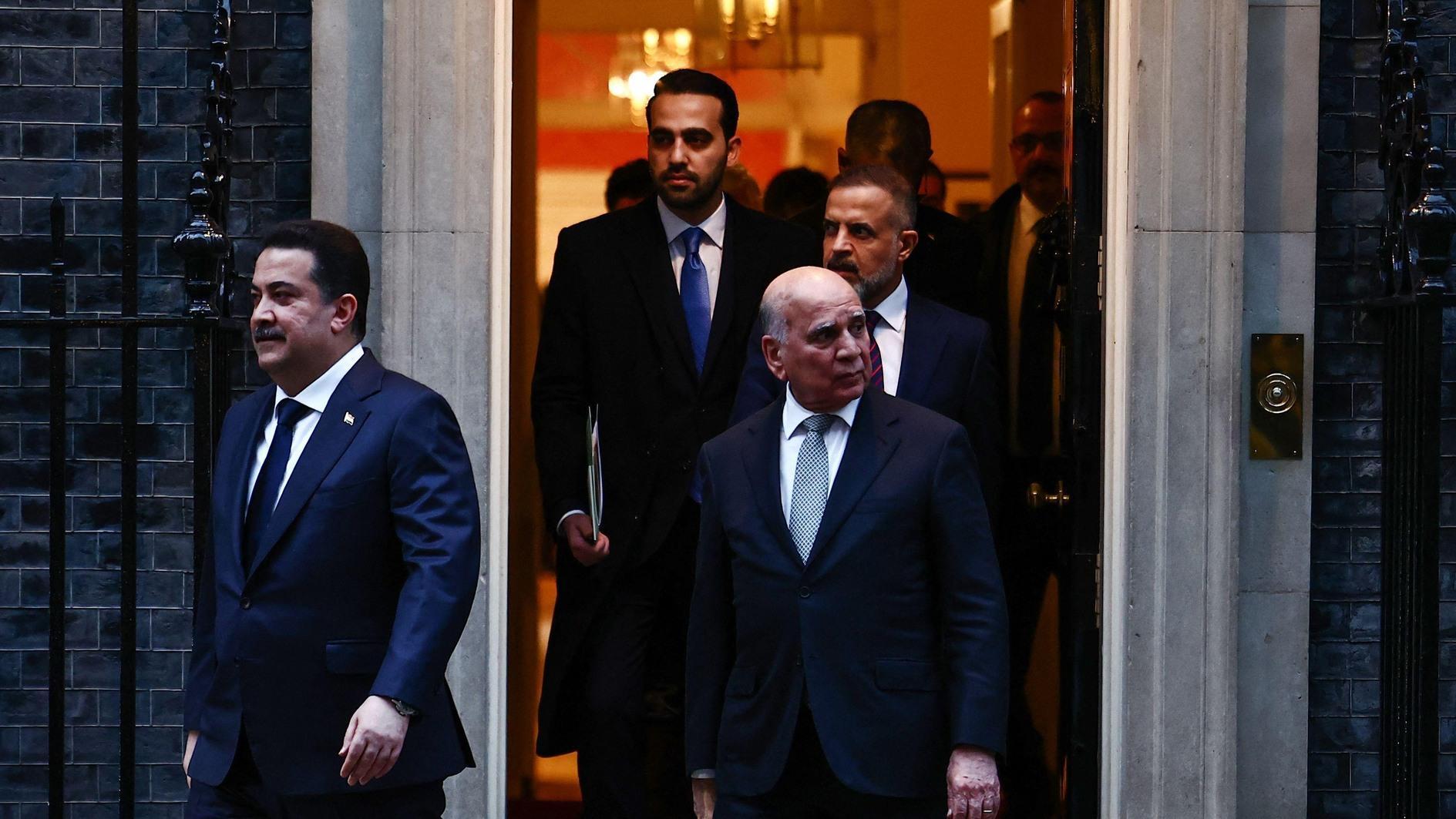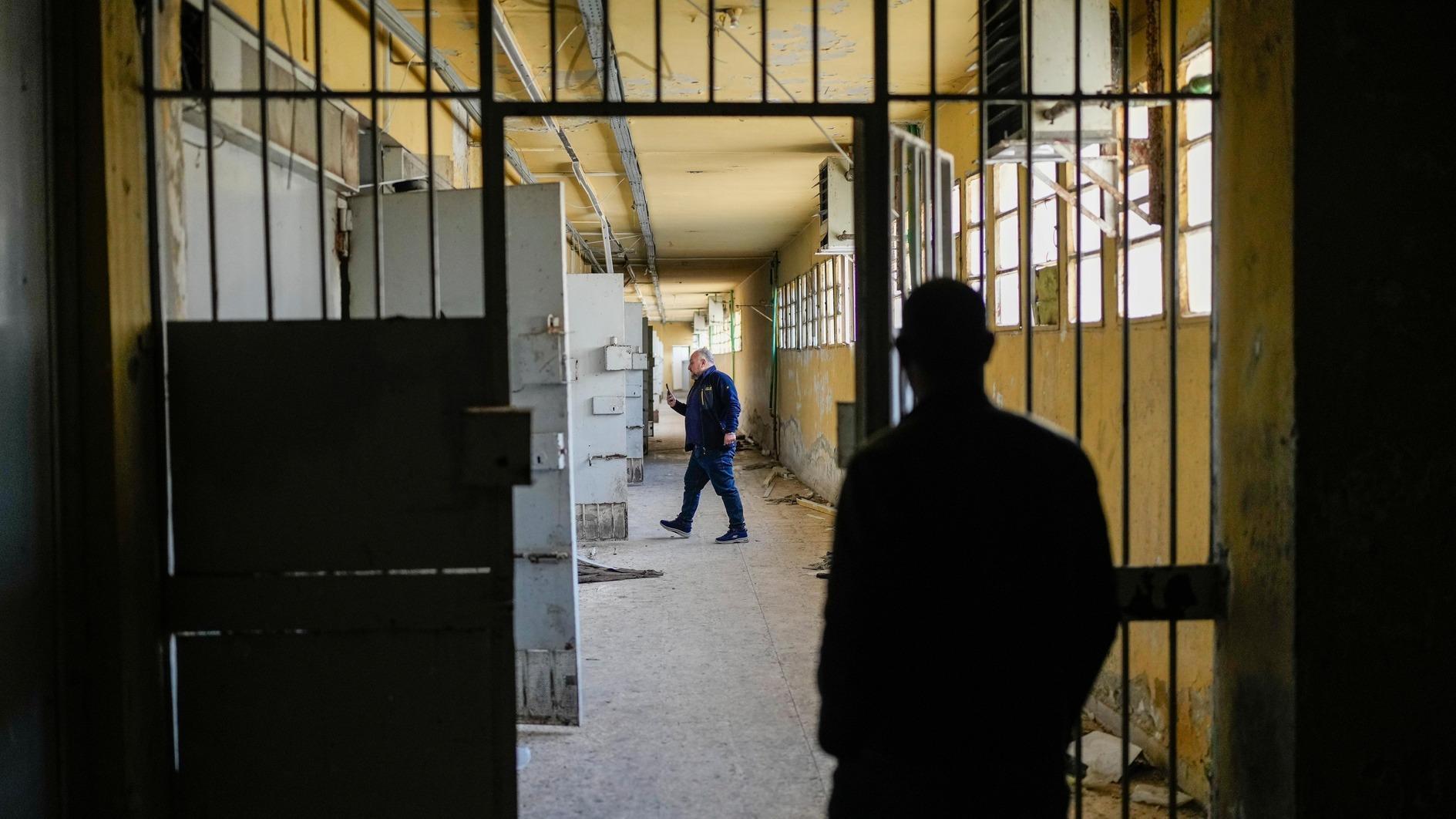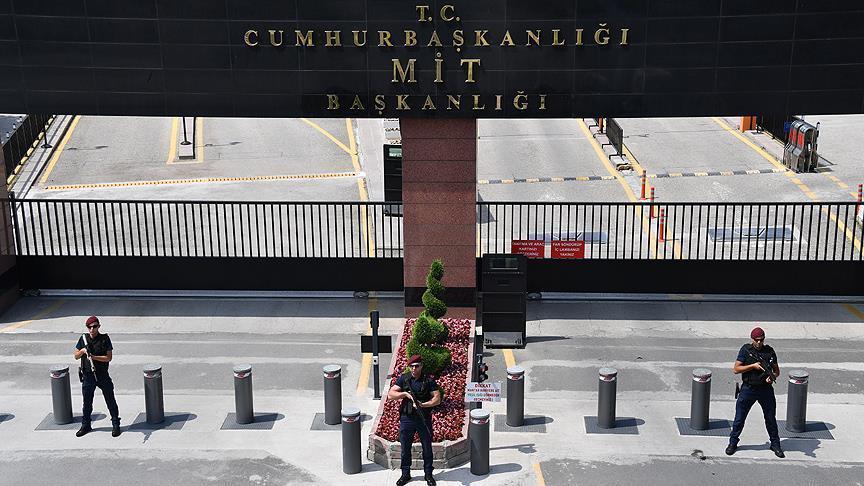Was the bomb attack on the US in Turkey related to Syria?
A terrible blast during a lunch break Friday, Feb. 1, at the visitors’ gate of the U.S. embassy in Ankara killed a Turkish security guard, Mustafa Akarasu, and a Turkish suicide bomber, Ecevit Şanlı, on the spot, heavily wounding a Turkish TV journalist, Didem Tuncay, who was in the waiting lounge preparing to speak to Ambassador Francis Ricciardione. The crime scene investigation revealed to Ankara police within two hours that the attacker was a militant of the outlawed Revolutionary People’s Liberation Party-Front (DHKP-C), widely known as “Dev-Sol,” a far-left organization that has a record of attacks not only on military and police targets but American targets in Turkey too, from the 80’s on. This contradicted the first estimates that there might be a Jihadist, Islamist organization behind the attack.
A son of a poor shepherd in the Black Sea town of Ordu, the militant was born in 1976 and given the surname of the late Prime Minister Ecevit, very popular among poor people then perhaps with the hope that he would study hard and become an influential and popular personality as well. Young Ecevit chose a different path by joining Dev-Sol, which has a militant reservoir in the poor districts of mainly Istanbul. In a way, the militants of the organization are the embodiment of the “Curse of the Starving Class,” as seen in the famous play by U.S. writer Sam Shepard. By the age of 21, in 1997 he was arrested by Istanbul police following rocket attacks on a major police station and military officers’ club.
On top of heavy torture under investigations and heavy indoctrination in jail by senior militants of the organization, Şanlı got involved in hunger strikes that hit him with severe Wernicke-Korsakoff malnutrition syndrome, and he was released from prison on health conditions. The DHKP-C, which has the habit of re-using militants with incurable diseases in suicide attacks (in September 2012, another militant who had advanced stage cancer blew himself up at the entrance of an Istanbul police station exactly the way that Şanlı did at the gate of the U.S. Embassy), approached him again and sent him outside Turkey for further training. We know how the story ended for him, but that is not the end of the whole story.
The DHKP-C claimed responsibility for the act of terror by saying that it was a response to “imperialist ventures” in Egypt, Libya and Syria. Egypt and Libya could be put aside since their cases are now different than Syria. It is true that the Tayyip Erdoğan government is not the favorite of the Bashar al-Assad regime, but that cannot be evidence itself to say that Syria was behind the Ankara attack. Yet the organization has a history with Syria. One of two DHKP-C militants had killed Özdemir Sabancı, one of Turkey’s leading industrialists, and his secretary in 1996, fled to Syria and gave himself up to the Turkish Embassy there. The police said that Şanlı, who was on the arrest warrant list, entered Turkey from Greece with a fake passport under a different name. Greece has a history of sheltering people outlawed in Turkey. Abdullah Öcalan for example, the leader of the outlawed Kurdistan Workers’ Party (PKK), found shelter in Greece after being expelled from Syria in 1998 after Turkey’s threats and was arrested in a joint U.S.-Turkish operation in 1999 after leaving the Greek Embassy in Nairobi, Kenya.
We do not have enough evidence yet to say whether there was Syrian or other foreign involvement in the attack on a major U.S. target in Turkey. But it seems that as the turmoil in the Middle East continues, there are grounds for Turkey to be on alert against similar attacks in the future, regardless of its origins. In times of confusion, manipulators can always find actors who can wave a false flag for them.











